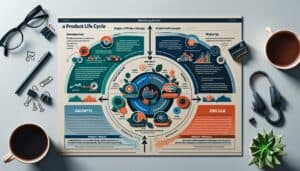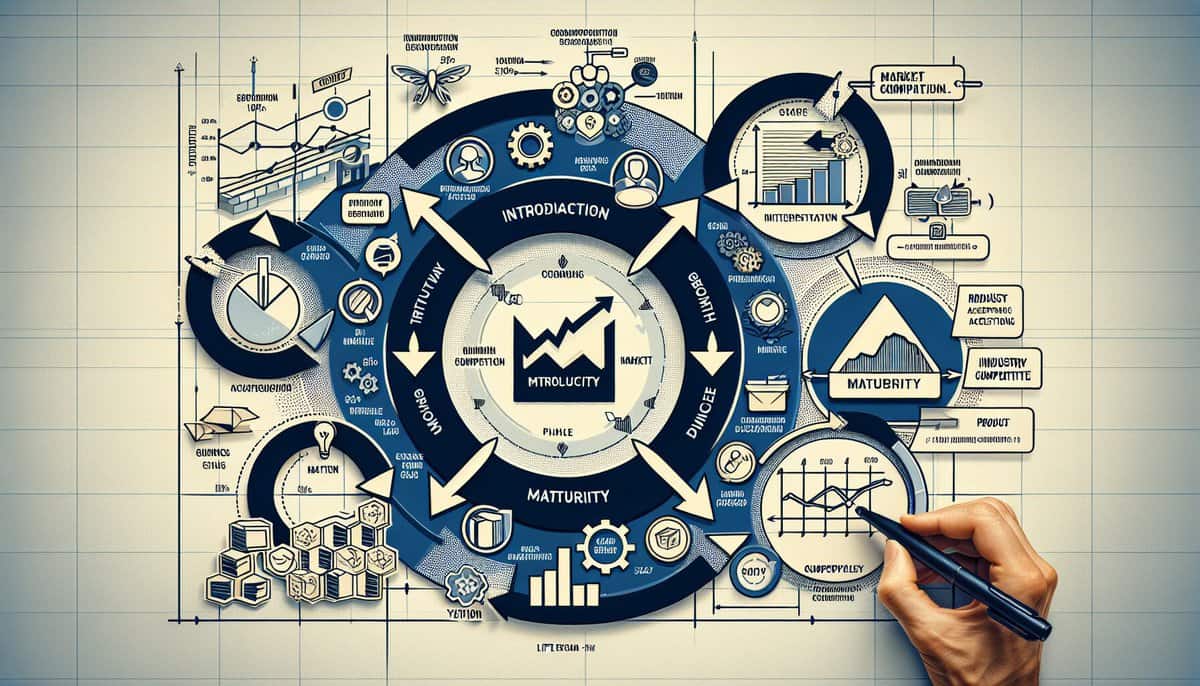Our Marketing Life-Cycle Analyzer™ tool offers very significant value in product design, marketing, and innovation by providing real-time insights into how products perform across different market environments and its life-time on the market.

Traditionally, the product life-cycle consists of four main phases: (market) “Introduction”, “Growth”, “Maturity”, and “Decline”.
Comparing actual market data against the standard life-cycle model highlights discrepancies in product adoption rates, customer expectations, and competitive responses.
- For example, a product may linger in the Introduction phase longer than anticipated due to unmet technical requirements or insufficient marketing alignment.
- Conversely, an unexpected surge in demand during the Growth phase could reveal untapped potential or necessary feature enhancements.
Early detection of these gaps provides valuable feedback, enabling rapid adjustment of product features or marketing strategies, ultimately supporting a more agile and market-responsive development process.
Tip: while the dynamically generated graph below offers a visual support, what is important are the questions and the discrepancies with reality you may notice.
The questions are classified into these six groups:
- Sales Performance & Market Dynamics
- Profitability, Costs & Financial Health
- Competition & Market Environment
- Product Development & Strategy
- Customer Awareness, Adoption & Behavior
- Marketing & Distribution Strategy
Project & Market Inputs
1 - Sales Performance & Market Dynamics
2 - Profitability, Costs & Financial Health
3 - Competition & Market Environment
4 - Product Development & Strategy
5 - Customer Awareness, Adoption & Behavior
6 - Marketing & Distribution Strategy
Product Life-Cycle Status
Select answers to see indicators on the chart.












Indeed, any analysis without consumer behavior and market trends is like a ship without a compass.
Aren’t market dynamics & competition interlinked? Shouldn’t they be analyzed together in the Product Life-Cycle Analyzer?
Related Posts
Workstation Ergonomic Assessment
Engineering Change Order (ECO): Best Practices to Minimize Disruption and Cost
From Lab To Market: The Role of the Pilot Production Run
45+ More Cognitive Science Tricks for Games and Marketing: Psychological and Engagement
45+ Cognitive Science Tricks for Games and Marketing: Psychological and Engagement
Latest Publications & Patents on Zeolites